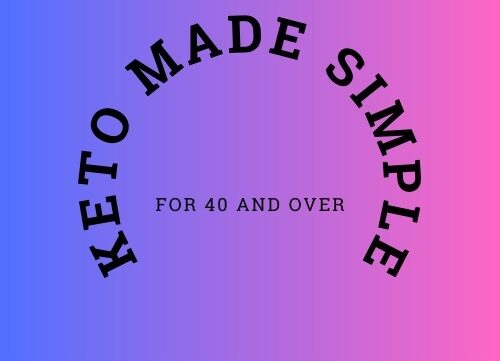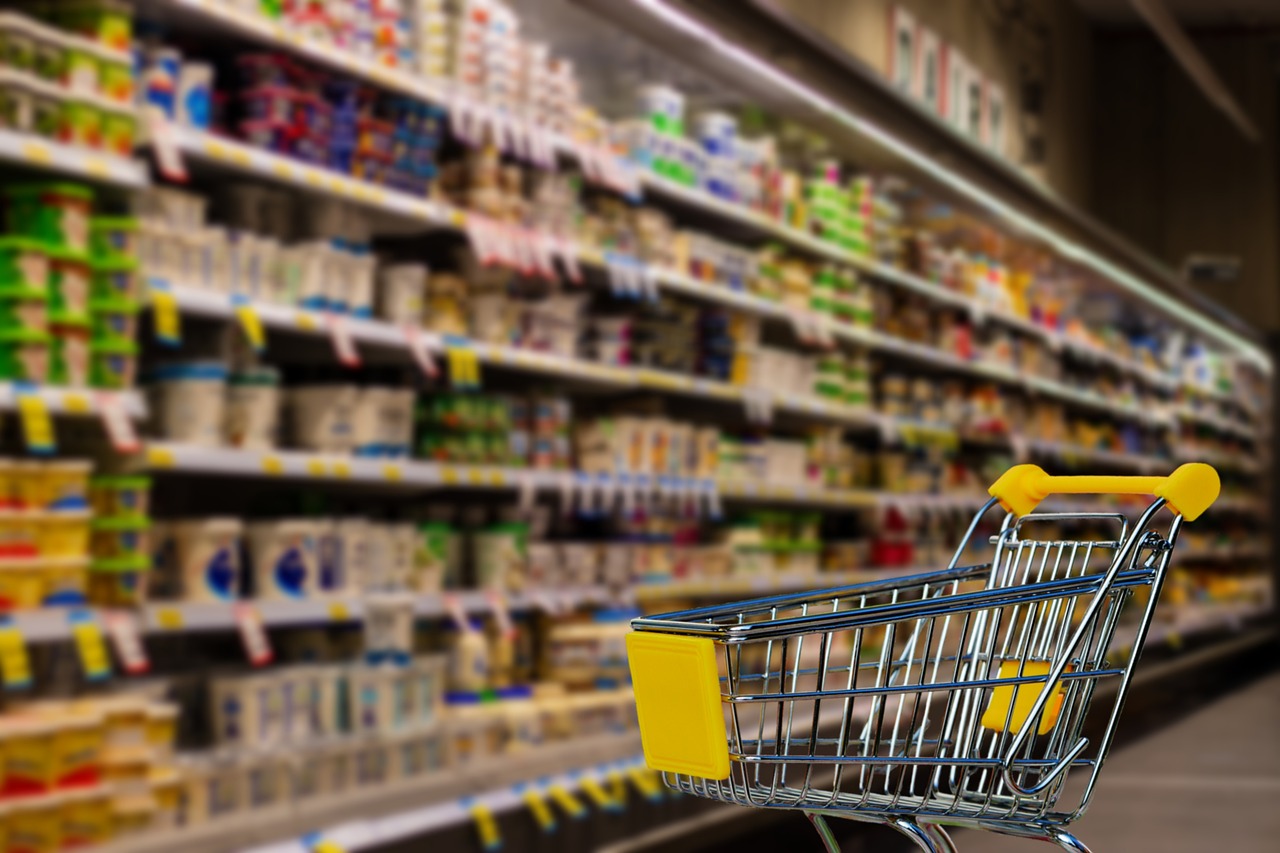Table of Contents
Best Keto Shopping List: Your Ultimate Guide to Low-Carb Essentials
Starting the keto diet can be exciting, but it can also feel a bit overwhelming. The key to success lies in having a solid keto shopping list to help stay on track. Knowing what to buy can make the difference between thriving in ketosis and struggling with cravings.

A well-planned shopping list focuses on low-carb options that fit perfectly into the keto lifestyle. Essentials include healthy fats, quality proteins, and plenty of keto-friendly vegetables. With the right items in the pantry, it’s easier to create delicious meals that support a low-carb diet and keep energy levels up.
Whether she’s new to keto or looking to refresh her pantry, having the best shopping list handy can simplify grocery trips. By knowing what to stock up on, it becomes easier to maintain a successful keto journey while enjoying tasty foods along the way.
Key Takeaways
- A solid shopping list is crucial for sticking to the keto diet.
- Essential items include healthy fats, proteins, and low-carb veggies.
- Being prepared helps to enjoy tasty meals and maintain ketosis.
Essential Keto Diet Principles
To follow a successful keto diet, it is important to understand macronutrients and how ketosis works. These principles guide choices in food selection and help achieve desired health benefits.
Understanding Macronutrients
Macronutrients are the building blocks of any diet, and on keto, the focus is on three main types: fats, proteins, and carbohydrates. The typical macro ratio for a keto plan is about 70-80% healthy fats, 20-30% protein, and only 5% or fewer net carbs.
Healthy fats include avocados, nuts, and olive oil. These fats are essential for fueling the body and keeping it satisfied.
Protein sources, like chicken, fish, and eggs, are important for muscle maintenance.
Lastly, net carbs are what really counts. When considering carbs, substract fibers and certain sugar alcohols to find actual carb impact on the body. Staying under 20-50 grams of net carbs daily supports getting into ketosis.
The Role of Ketosis
Ketosis is a metabolic state where the body burns fat for fuel instead of carbohydrates. This occurs when carbohydrate intake is very low.
When the body runs out of glucose, it starts breaking down fats into ketones. These ketones become the main energy source.
Achieving and maintaining ketosis is key for weight loss and other health benefits.
To get there, focus on low-carb foods, high in healthy fats.
Monitoring carb intake alongside staying hydrated makes the process smoother. Little efforts like meal prepping and using apps to track macros can help in staying on track with the keto diet.
Must-Have Items for Your Keto Pantry
Building a keto pantry is all about stocking up on essential items that make low-carb living easier. The right fats, nuts, and flours are key to whipping up delicious meals and snacks without derailing progress.
Fats and Oils
Good fats are crucial for a keto diet. They provide energy and help keep meals satisfying. A few must-have oils include:
- Coconut Oil: Great for cooking at high temperatures, it adds a subtle flavor to dishes.
- Olive Oil: Perfect for dressings and low-heat cooking, it’s rich in healthy fats.
- Avocado Oil: This oil is versatile and works well in salads or for frying.
- MCT Oil: Often used in smoothies, it’s quickly absorbed for an energy boost.
These fats not only support ketosis but also ensure meals are tasty and filling.
Nuts and Seeds
Nuts and seeds are fantastic snacks and add crunch to meals. Some favorites include:
- Almonds: A great source of healthy fats and protein. They can be eaten raw or roasted.
- Pecans: These are low in carbs and high in fiber. They can be used in recipes or enjoyed as a snack.
Including these in the pantry gives options for snacking or adding to dishes.
Flours and Sweeteners
Choosing the right flours and sweeteners can transform keto baking. Important options include:
- Almond Flour: A staple for low-carb baking, it provides a nutty flavor and is excellent for cookies and bread.
- Coconut Flour: Highly absorbent, it’s great for thickening and baking. Just remember, less is often more with this flour.
- Erythritol: This is a sugar substitute that’s low in calories and doesn’t impact blood sugar. It’s ideal for sweetening foods without the carbs.
Stocking up on these items can make a significant difference in how enjoyable and successful a keto diet can be.
Protein Sources for Keto
On a keto diet, getting enough protein is vital. It helps maintain muscle mass while following a low-carb eating plan. Here are some top protein sources to include.
Meat and Poultry
Meat and poultry are some of the best protein sources for a keto diet. Beef, chicken, and pork provide high-quality protein with minimal carbs.
Popular Choices:
- Beef: Cuts like ribeye and sirloin are flavorful and fatty, perfect for keto.
- Chicken: Opt for dark meat, like thighs, as they usually have more fat.
- Pork: Bacon and pork belly not only taste great but are also packed with fat and protein.
These options can be grilled, roasted, or sautéed for satisfying meals throughout the week.
Seafood
Seafood is another excellent way to boost protein intake on keto. It is often low in carbs and rich in healthy fats.
Top Options:
- Fish: Salmon, mackerel, and sardines are fatty fish that provide omega-3 fatty acids and plenty of protein.
- Shellfish: Shrimp and crab are low in carbs and high in protein, making them great for quick meals.
Seafood can be enjoyed grilled, steamed, or in salads for a refreshing meal choice.
Dairy and Eggs
Dairy and eggs serve as versatile protein sources on the keto diet. They not only provide protein but also healthy fats.
Key Items:
- Cheese: Full-fat cheeses like cheddar, mozzarella, and cream cheese are low in carbs and high in flavor.
- Eggs: A staple in many keto meals, they are rich in protein and healthy fats.
Both dairy and eggs can be used in various recipes, from breakfast dishes to snacks. They’re perfect for keeping meals interesting and satisfying.
Keto-Friendly Fruits and Vegetables
When following a keto diet, choosing the right fruits and vegetables is key to staying within carb limits. Certain options are lower in carbs and fit perfectly into a keto lifestyle. Here’s a look at some great choices.
Low-Carb Vegetables
Low-carb vegetables are excellent for adding nutrients without the extra carbs. Some great options include:
- Cauliflower: This versatile veggie can be riced, mashed, or roasted.
- Zucchini: Perfect for zoodles or as a side dish.
- Lettuce: Great for salads and wraps, turning meals fresh and crunchy.
- Peppers: Both bell peppers and hot peppers add flavor without many carbs.
These veggies provide vitamins, minerals, and fiber, all while keeping carbs low. They can be roasted, sautéed, or used as a base for various dishes, making them a staple in any keto shopping list.
Berries and Avocado
Fruits can be tricky on a keto diet, but some choices are better than others. Berries are lower in sugar than other fruits. Consider adding:
- Blueberries: Just a small handful can enhance yogurt or smoothies.
- Raspberries: Great for desserts or as a snack.
- Strawberries: Delicious on their own or in salads.
- Blackberries: These are packed with nutrients and add sweetness.
Avocado is another favorite. It’s high in healthy fats and low in carbs. Plus, it’s creamy and can be used in dips or salads.
These fruits and veggies not only keep meals interesting but also help in hitting those nutritional goals without going overboard on carbs.
Snacks and Extras to Complete Your List
When putting together a keto shopping list, snacks and extras play an essential role. These items help keep cravings at bay and add variety to meals. Here’s a closer look at some tasty options.
Dairy Snacks and Alternatives
Dairy snacks can be a great addition to any keto diet. Cheese is a popular choice, as it is low in carbs and high in fat. Options like cheddar, gouda, and mozzarella are versatile for snacks or toppings.
Greek yogurt can also fit in, but she should check the carb count. Look for full-fat, unsweetened versions. Cream cheese is great for spreading on keto-friendly crackers or for making dips.
For those avoiding dairy, nut-based cheese and coconut yogurt offer tasty alternatives. Both provide a nice crunch or creaminess to a snack plate.
Keto Breads and Desserts
Keto breads are a fantastic way to enjoy sandwiches without the carb load. Options like almond flour bread or coconut flour bread cater to those craving toast or burgers. Many recipes are simple and can be made at home.
Desserts should not be overlooked. Keto brownies and fat bombs can satisfy a sweet tooth while staying low in carbs. Sweeteners like erythritol or stevia make it easy to whip up delicious treats without spiking blood sugar levels.
Many stores offer pre-packaged keto bread and dessert options for convenience. Always check labels to ensure they fit within the desired carb range.
Condiments and Spices
Condiments can elevate keto meals significantly. Mayo, especially the avocado or olive oil varieties, is a great choice for dressings and dips.
Vinegar and mustard can add zest without extra carbs. Pickles also make a crunchy, low-calorie snack.
Spices like sage and basil can enhance flavors without added calories. They can be used in cooking or sprinkled on dishes for that extra kick.
Incorporating these snacks and extras can make a keto diet more enjoyable and varied. Keeping a well-rounded selection ensures that meals remain satisfying and flavorful.
Frequently Asked Questions
Many people have questions about starting a keto diet and what to include in their shopping lists. Here are some common queries along with clear answers to help make grocery shopping easy.
What are the must-have items for a keto beginner’s grocery list?
For someone just starting the keto diet, staples include eggs, meats like chicken and beef, healthy fats such as olive oil or avocado oil, and non-starchy vegetables like spinach and broccoli. Dairy products, nuts, and seeds are also essential for snacking and meal prep.
Can I find affordable keto-friendly foods at my local grocery store?
Yes, many local stores carry keto-friendly options that fit any budget. Look for sales on meat, seasonal vegetables, and bulk items like nuts or frozen goods. Planning meals can help keep costs down while shopping smart.
How do I start a keto diet with a simple grocery shopping guide?
To start on keto, she should focus on low-carb foods. Creating a list with proteins, healthy fats, and low-carb veggies can make shopping straightforward. Checking for recipes can also inspire what to include on the list.
Which foods should I definitely avoid when shopping for a keto diet?
It’s best to avoid grains, sugars, and high-carb fruits. Foods like bread, pasta, rice, and sugary snacks can disrupt ketosis. Staying away from processed foods is also a good idea, as they often contain hidden carbs.
Could you suggest a variety of keto-friendly snacks for my shopping list?
Great keto snacks include items like cheese sticks, hard-boiled eggs, and pork rinds. Avocado, low-carb nuts, and beef jerky are also tasty options. Fresh veggies with ranch dip are perfect for satisfying cravings in a healthy way.
What are some quick and easy keto options to grab for a busy week?
For a busy week, pre-cooked chicken, canned tuna, and fresh salads can save time. Prepared keto snacks and frozen vegetables are quick options that still fit the diet. Meal prep can also make it easier to grab meals on-the-go.

